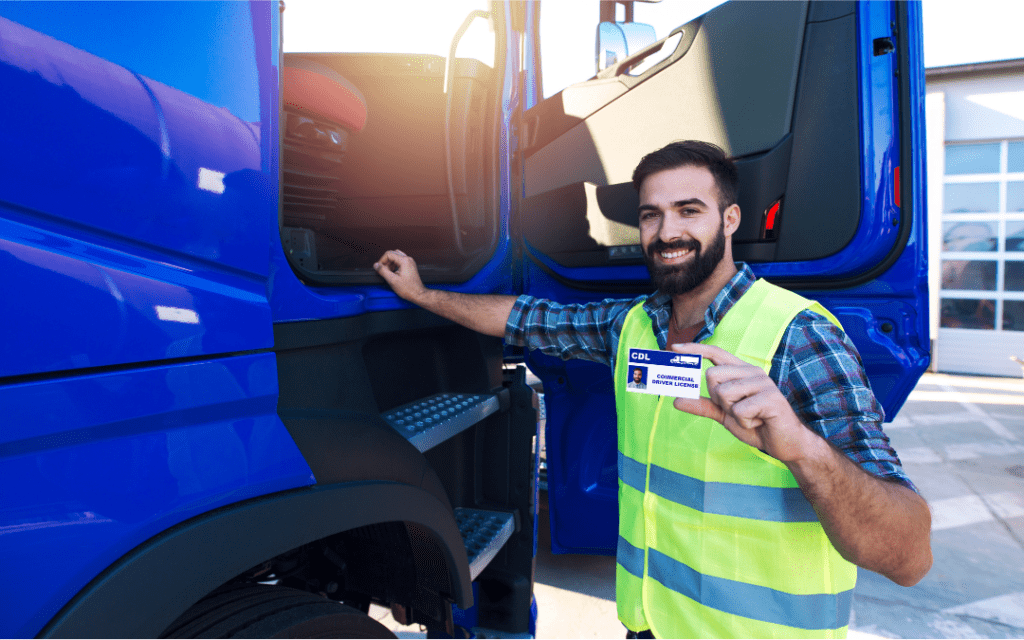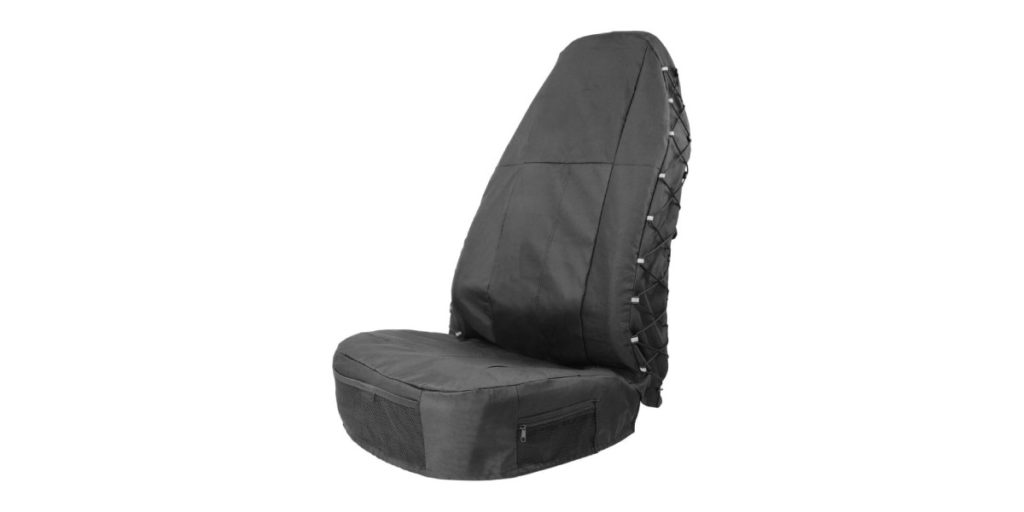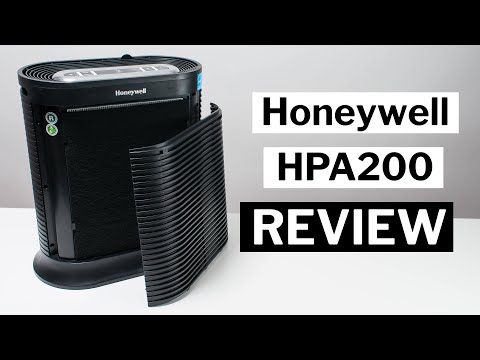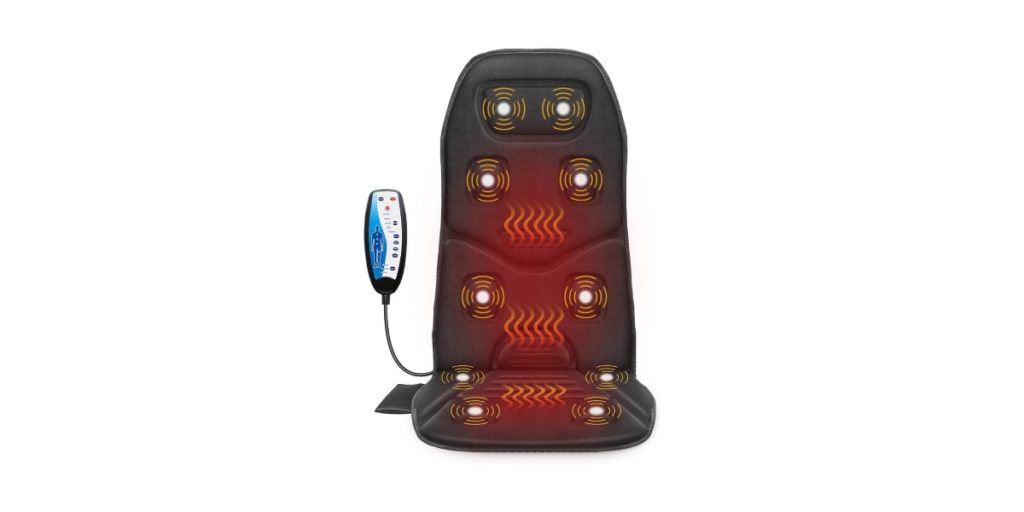What is a CDL?
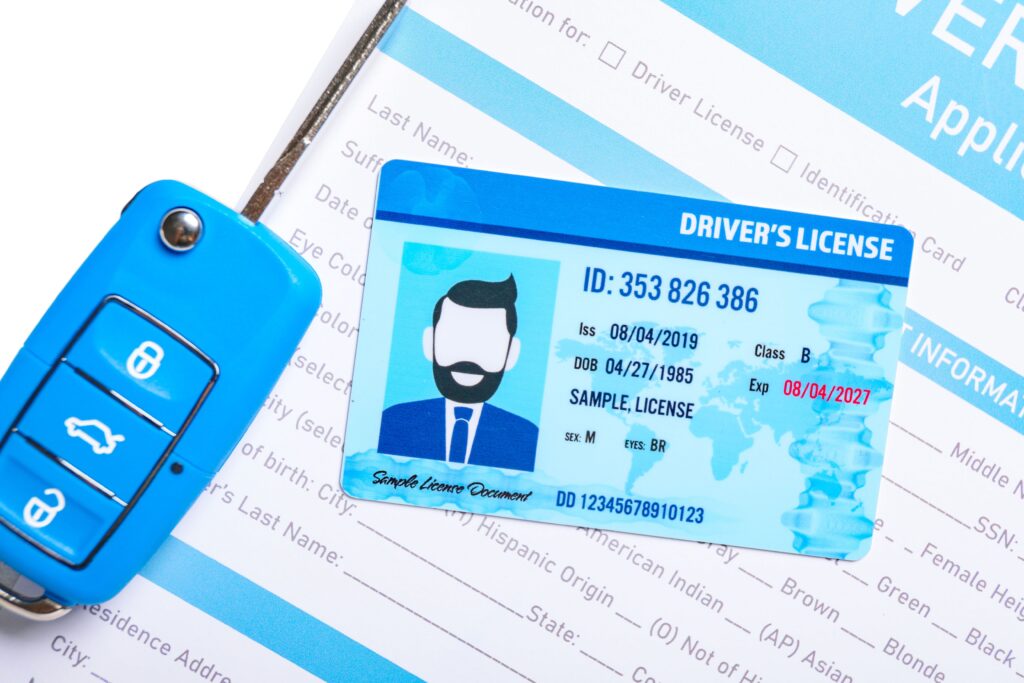
When it comes to driving, we’re all familiar with the regular driver’s license that allows us to operate passenger vehicles for personal use. However, the world of commercial driving requires a different set of skills and qualifications. Enter the Commercial Driver’s License, or CDL for short.
A CDL is a specialized license that enables individuals to operate large vehicles such as trucks and buses for commercial purposes. It serves as an indicator that the bearer has undergone rigorous testing and possesses the necessary knowledge and skills required to safely handle these massive machines on our roadways.
CDL Uses for Commercial Drivers
The importance of obtaining a CDL cannot be overstated for those aspiring to pursue a career in the field of commercial driving. A CDL not only enhances employment opportunities but also signifies credibility and expertise within this highly regulated industry. Commercial drivers carry immense responsibility as they transport goods, ensure public safety, and contribute to our economy’s smooth functioning.
With a CDL in hand, drivers can seek employment in various sectors such as freight transportation, public transportation services, construction projects, or even as private chauffeurs for high-profile individuals. The ability to command larger vehicles not only opens doors professionally but also offers higher earning potential compared to regular passenger vehicle operators.
CDL Licensing Process
Now that we understand what a CDL entails let’s dive into the licensing process itself. Obtaining a CDL involves several steps designed to assess an individual’s competency in handling commercial vehicles safely and effectively.
The process usually begins with applicants meeting certain age requirements specific to each class of license they are seeking – typically 18 years old or older for intrastate driving (within state boundaries) and 21 years old or above for interstate driving (across state lines). Additionally, medical qualifications are assessed to ensure applicants possess the necessary physical and mental fitness, including meeting vision and hearing standards.
Once the initial requirements are met, applicants must pass a written knowledge test that covers rules, regulations, and safety procedures about commercial driving. This comprehensive exam ensures that drivers are well-versed in essential areas such as driving laws, vehicle maintenance, safety protocols, and emergency procedures.
To specialize further in certain areas of commercial driving, individuals can pursue additional endorsements by passing specific knowledge tests related to HazMat (hazardous materials), tanker vehicles, passenger transportation, or other specialized fields. After completing the written tests and obtaining any required endorsements, aspiring commercial drivers move on to the practical skills test.
This component evaluates their ability to perform tasks such as vehicle inspections (pre-trip inspection), basic control maneuvers (e.g., backing up or parallel parking), and on-road driving under various conditions. Success here grants them a well-deserved CDL – a ticket to embark on an exciting journey behind the wheel of commercial vehicles.
Remember, obtaining a CDL is not just about getting another piece of plastic in your wallet; it represents your commitment to professionalism on our roads and signifies your dedication to safety as you undertake the important task of transporting goods and people throughout our vast highways. So buckle up – we’re about to explore each step of this licensing process in greater detail!
Class A, B, and C licenses explained
When it comes to CDLs, there’s no one-size-fits-all. Different types of commercial driver’s licenses are available based on the specific vehicles you intend to operate. Let’s start with Class A – the big kahuna of CDLs.
This license allows you to drive the behemoths of the road: tractor-trailers, also known as combination vehicles. If you’ve ever marveled at those massive trucks gracefully maneuvering through traffic, chances are they were driven by someone with a Class A license.
Down a notch in size but not importance is the Class B CDL. With this license, you can drive heavy straight trucks or buses that do not tow any additional vehicles.
Picture yourself behind the wheel of a delivery truck or even a city bus – now that’s some serious responsibility! While it may not be hauling multiple trailers like its Class A counterpart, a Class B license still demands skill and expertise.
We have Class C – the baby bear of CDLs but still vital in certain industries. This license is typically required for drivers operating passenger vans carrying 16 or more passengers (including the driver) or transporting hazardous materials in smaller quantities that don’t meet the criteria for higher classes.
Endorsements

A regular CDL is an excellent foundation for any aspiring commercial driver, but sometimes you need that extra something to stand out from the crowd and expand your opportunities. Enter endorsements – these specialized qualifications give your CDL an extra boost in versatility and marketability.
One popular endorsement is for transporting hazardous materials (HazMat). With this endorsement on your license, you become eligible to transport substances that could make even the most relaxed driver sweat a little.
It involves handling, storing, and transporting anything from flammable liquids to toxic gases – talk about a high-stakes responsibility! But wait, there’s more!
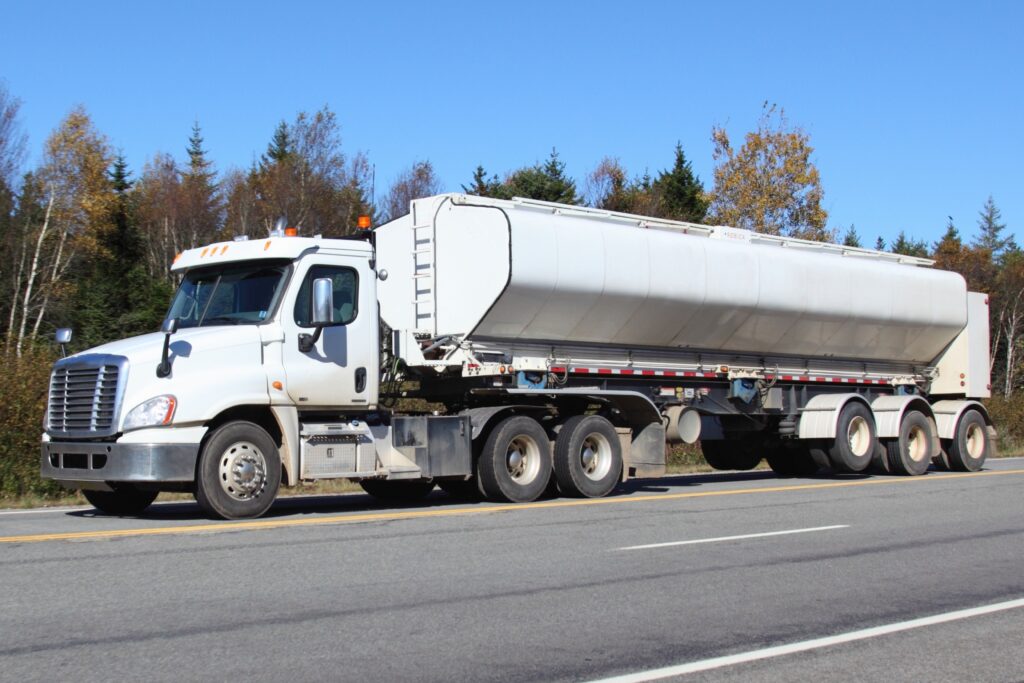
You can also add endorsements for specific vehicle types like tankers, allowing you to safely operate those giant cylindrical containers filled with liquids or gases. If you dream of being the captain of the open road while hauling a double or triple trailer behind you, there’s an endorsement for that too.
Endorsements not only expand your driving opportunities but also demonstrate your expertise in specialized areas. They are like badges of honor on your CDL, showcasing your dedication to becoming a well-rounded and versatile commercial driver.
Obtaining a CDL
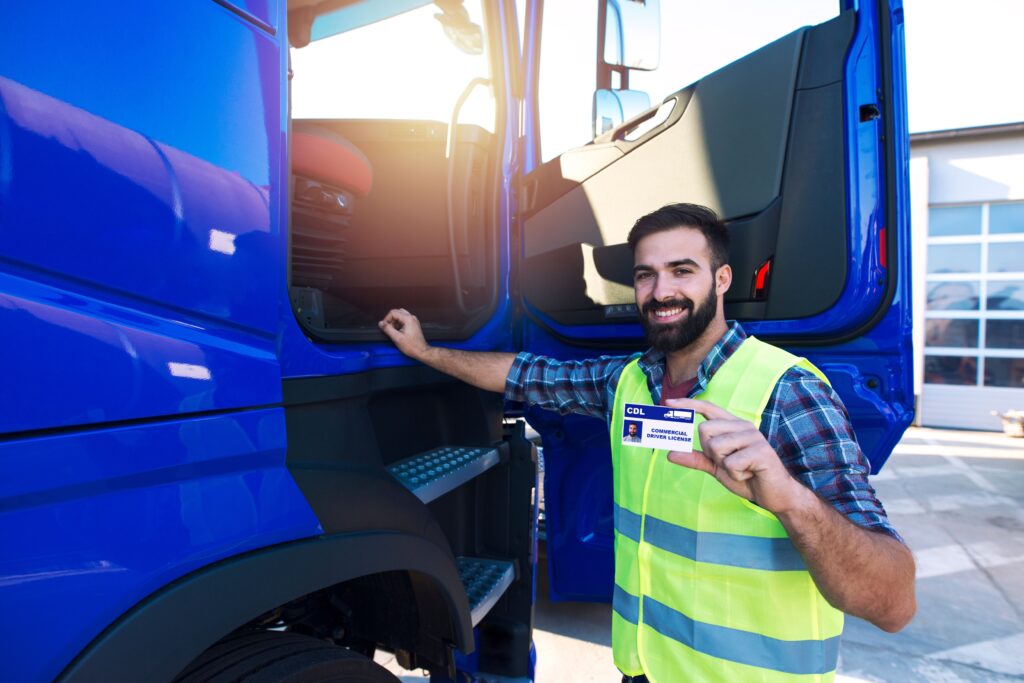
Age Requirements for Different Classes of CDLs
When it comes to obtaining a Commercial Driver’s License (CDL), age plays a pivotal role. The age requirements for each class of CDL differ, reflecting the varying responsibilities and complexities associated with the different classes. For a Class A CDL, which allows you to operate combination vehicles such as tractor-trailers, you need to be at least 21 years old.
This age requirement is based on the fact that driving larger and heavier vehicles demands more experience and maturity. On the other hand, obtaining a Class B or Class C CDL has slightly different age thresholds.
To get a Class B CDL, which permits you to drive single vehicles weighing over 26,000 pounds or towing trailers less than 10,000 pounds, you generally need to be at least 18 years old. Similarly, for a Class C CDL that allows you to operate smaller vehicles carrying hazardous materials or designed to transport more than 16 passengers (excluding the driver), the minimum age requirement is usually 18 years old.
Medical Qualifications: Physical and Mental Fitness Standards
To ensure road safety and protect both drivers and others on the road, there are specific medical qualifications that aspiring commercial drivers must meet before obtaining their CDL. These qualifications focus on physical and mental fitness standards. For physical fitness standards, drivers must undergo a thorough medical examination conducted by a certified medical professional who determines if they are physically capable of handling the demands of commercial driving.
This includes evaluating factors such as cardiovascular health, respiratory function, musculoskeletal strength, and flexibility, as well as overall general health. Mental fitness is equally crucial for commercial drivers.
The stressors associated with long hours on the road require drivers to be mentally fit to make quick decisions in various traffic scenarios while maintaining focus and alertness. Mental health evaluations may be included to assess a driver’s cognitive abilities, psychological well-being, and emotional stability.
Vision Requirements for Driving
Having good vision is essential for any driver, but it becomes even more critical when operating large commercial vehicles. CDL applicants must meet specific vision requirements to ensure they can safely navigate the roads. Generally, aspiring commercial drivers need at least 20/40 vision in each eye, either with or without corrective lenses.
Additionally, they should have a horizontal visual field of at least 70 degrees in each eye. These requirements aim to ensure that drivers can perceive potential hazards on the road and react accordingly.
It is important to note that some states might have additional or slightly different vision standards for CDL applicants. It is always recommended to check with your local Department of Motor Vehicles (DMV) or equivalent licensing agency to obtain accurate information about the specific vision requirements in your area.
Hearing Standards for Commercial Drivers
Alongside meeting visual criteria, commercial drivers are also required to meet certain hearing standards. Having adequate hearing is crucial for effective communication on the road and enables drivers to respond appropriately to honks, sirens, and other auditory cues. Typically, candidates applying for a CDL must possess the ability to hear a forced whisper from at least 5 feet away.
Hearing aids may be used during the evaluation process if needed; however, they must not interfere with the individual’s ability to hear necessary auditory signals while driving. Similar to vision requirements, it’s important to keep in mind that hearing standards might vary slightly depending on local regulations or state-specific guidelines.
To ensure accuracy regarding hearing qualifications for obtaining a CDL in your area, consult your local DMV or licensing authority. By setting age restrictions and outlining medical qualifications related to physical fitness and sensory capabilities like vision and hearing during the CDL application process, regulatory bodies strive to ensure that commercial drivers possess the necessary skills and attributes to safely operate large vehicles on the road.
Written Tests and Knowledge Exams

General Knowledge Test
Navigating the world of commercial driving requires a solid foundation of rules, regulations, and safety procedures. That’s where the general knowledge test comes in. This written exam is designed to assess your understanding of various aspects related to commercial driving.
It covers topics like traffic laws, vehicle inspection requirements, transporting hazardous materials safely, and more. To prepare for this comprehensive assessment, it’s essential to utilize the study resources available.
One highly recommended resource is the official CDL manual provided by your local Department of Motor Vehicles (DMV) or motor carrier agency. This manual serves as a comprehensive guide that covers all the necessary information you need to know for the exam.
Additionally, there are online practice tests available that mimic the format and questions found on the actual exam. These practice tests not only familiarize you with the type of questions asked but also help you gauge your level of preparedness.
When it comes to acing the written exam on your first attempt, here are some tips to keep in mind. Firstly, make a study schedule that allows for consistent and focused preparation leading up to the exam date.
Break down topics into manageable sections and allocate dedicated study time for each one. Taking practice tests regularly can help identify areas where further study is needed.
Endorsement Exams
While passing the general knowledge test is a crucial step towards obtaining your Commercial Driver’s License (CDL), specialized endorsements can open up even more opportunities in your commercial driving career. Endorsements are additional qualifications that certify your expertise in specific areas such as transporting hazardous materials (HazMat), driving tanker vehicles carrying liquids or gases, or operating double/triple trailers.
To prepare for endorsement exams effectively, it’s essential to access study materials that are specific to each endorsement. The CDL manual usually includes sections dedicated to each endorsement, providing valuable information about the additional knowledge and requirements needed.
In addition to the CDL manual, there are additional study resources available for endorsement exams. Online courses and practice tests tailored to specific endorsements can be beneficial in reinforcing your understanding of specialized topics.
These resources often provide detailed explanations of concepts and scenarios related to each endorsement, helping you grasp the material more effectively. Endorsement exams can present unique challenges due to their specialized nature.
One common challenge is memorizing all the different regulations and procedures specific to each type of endorsement. To overcome this hurdle, it’s advisable to create flashcards or mnemonic devices that aid in retention.
Additionally, practice tests for endorsements can help simulate real exam conditions and familiarize yourself with the types of questions asked. Remember, while endorsements may require extra effort, they significantly enhance your marketability as a commercial driver and expand your career options within the industry.
Practical Skills Test (Driving Test)

A Pre-Trip Inspection
When it comes to the practical skills test for obtaining a CDL, one of the crucial aspects is the pre-trip inspection. This portion of the test evaluates your ability to demonstrate vehicle knowledge and conduct necessary safety checks before hitting the road.
During a pre-trip inspection, you will be expected to examine various components of the vehicle to ensure they are in good working order. These include checking tires for proper inflation and tread depth, inspecting brakes for any signs of wear or damage, examining lights and reflectors for functionality, and ensuring all fluid levels are adequate.
To perform an effective pre-trip inspection, it’s important to pay attention to detail and follow a systematic approach. Start by familiarizing yourself with the vehicle’s manual or checklist provided by your training program.
This will help you identify all relevant components that need inspection. Take your time during the process and communicate clearly with the examiner about each step you’re taking.
Remember, precision matters here! By demonstrating thorough knowledge of vehicle components and conducting a meticulous pre-trip inspection, you’ll increase your chances of passing this part of the driving test with flying colors.
Basic Control Skills Test

The basic control skills test assesses your ability to maneuver a commercial vehicle in different scenarios that you may encounter on the road as a professional driver. During this part of the practical skills test, you’ll be asked to perform specific maneuvers that showcase your control over larger vehicles.
These maneuvers typically include straight-line backing, alley docking or parallel parking, offset back/right/left backing, and coupling/uncoupling procedures. To master these maneuvers successfully, it’s essential to practice regularly both under supervision during training sessions and independently if possible.
Each maneuver requires a different set of techniques and skills, such as adjusting mirrors for better visibility, using reference points for precision, and smoothly operating the vehicle’s controls. By familiarizing yourself with these maneuvers through practice, you’ll gain the confidence and proficiency needed to navigate tight spaces, execute precise backing maneuvers, and handle common challenges that may arise on the road.
Road Test

The final part of the practical skills test is the road test, where your driving abilities will be evaluated on public roads. During this portion of the test, an examiner will assess your performance in key areas such as vehicle control, defensive driving techniques, speed management, signaling, lane positioning, and adherence to traffic rules. To excel in the road test portion and demonstrate your driving abilities effectively, it’s crucial to stay calm and composed while behind the wheel.
Pay close attention to following all traffic regulations and maintain a safe driving distance from other vehicles. Be aware of potential hazards in your surroundings and use defensive driving techniques to anticipate potential risks.
Furthermore, ensure smooth acceleration and braking transitions while maintaining appropriate speeds according to posted limits. Avoid common mistakes such as abrupt lane changes or failing to use turn signals when making turns or changing lanes.
Stay focused throughout the road test and respond promptly to directions provided by the examiner. By exhibiting exemplary driving skills during this part of the CDL testing process, you’ll increase your chances of obtaining a CDL successfully.
Conclusion
Obtaining a commercial driver’s license is no small feat – it requires dedication, knowledge of vehicle operations & safety procedures as well as honed driving skills. However challenging it may seem at times during training or testing phases; remember that each step brings you closer towards achieving your goal of becoming a professional driver. By understanding what is expected during each phase like acing pre-trip inspections by diligently examining every component, mastering basic control skills through practice, and showcasing exemplary driving abilities during the road test, success will be within reach.
With determination, perseverance, and a commitment to excellence, you can confidently navigate the CDL requirements and licensing process. So gear up, embrace the challenges along the way, and embark on your journey toward a rewarding career on the open road!

